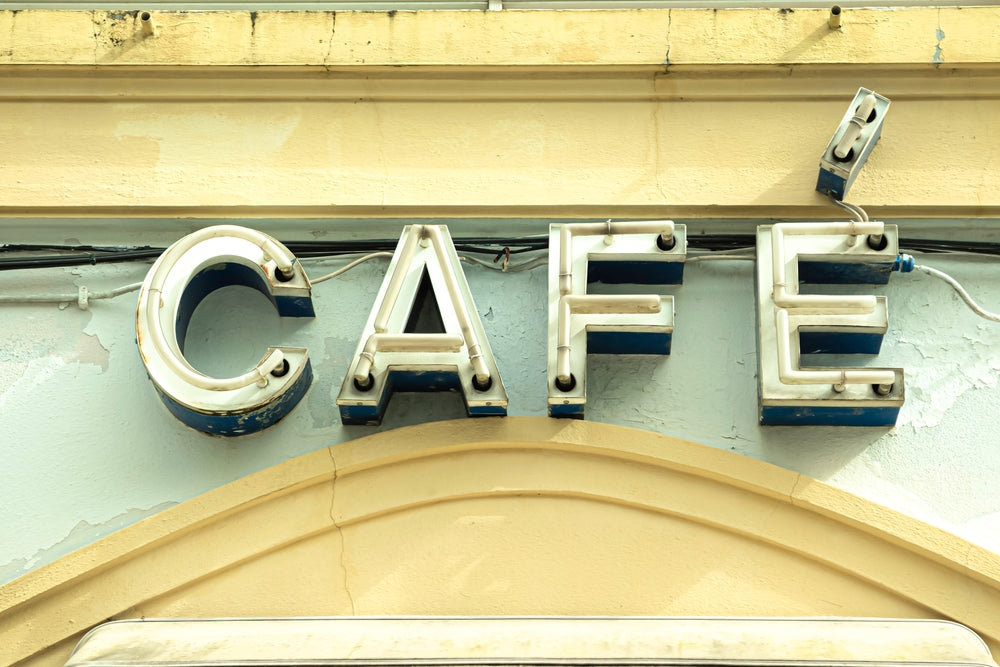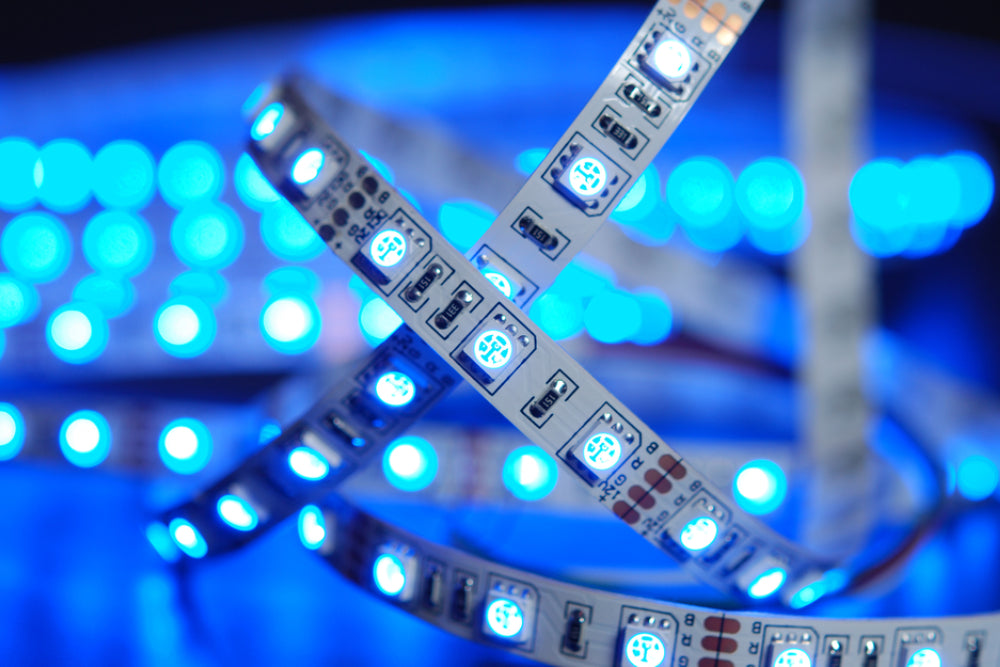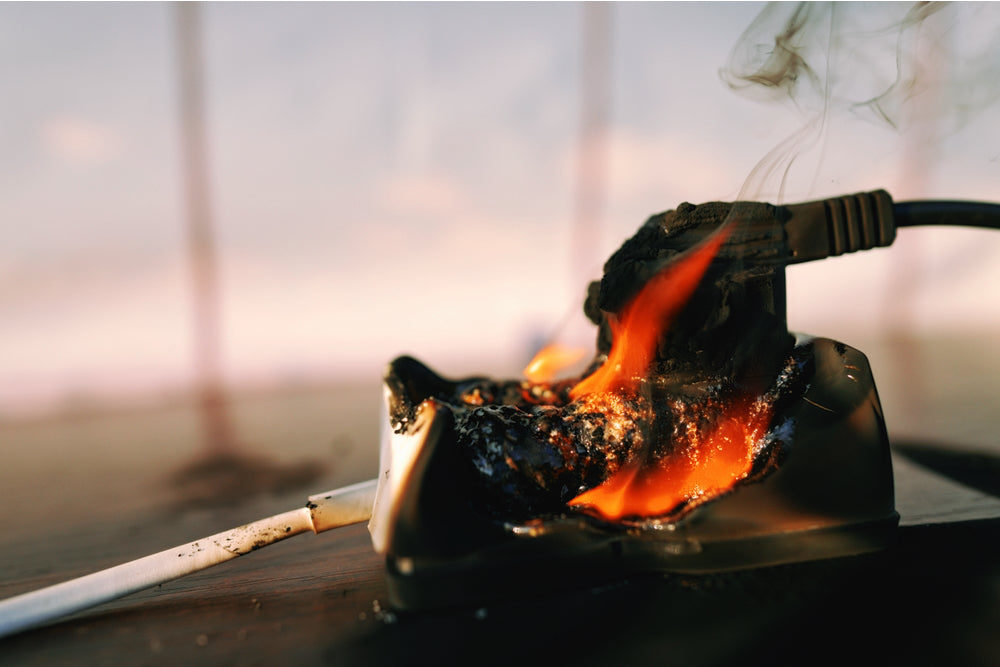Introduction
Neon signs have long been cherished for their vibrant glow and ability to capture attention, whether they are hanging in a storefront window, lighting up a bar, or adding a unique touch to home decor. One common question that arises for both traditional and LED neon sign owners is: How long do neon signs last?
Understanding the factors that affect the lifespan of these signs, as well as how to maintain them properly, can help you maximise their longevity. This article will explore the expected lifespan of both traditional and LED neon signs, discuss the factors that can influence their durability, and provide practical tips for maintaining your custom neon signs.
Traditional Glass Neon Signs
Traditional neon signs, made from glass tubes filled with gases like neon or argon, are known for their longevity. However, a proper evaluation of the lifespan of glass neon signs must consider all contributing components, not just the glass tubes themselves. The tubes are just one part of a complex system that includes various elements working together. Many websites often overlook these additional factors, leading to misleading lifespan estimates that do not accurately reflect the true durability of glass neon signs.

Common Misconceptions:
Many websites inaccurately quote the lifespan of glass neon signs without considering these critical components. They often focus solely on the glass tubes, neglecting the importance of the power supply, coatings, and environmental factors. This oversight can lead to inflated lifespan claims that do not reflect the reality of glass neon sign durability.
High-quality glass neon signs typically have a lifespan ranging from 8 to 15 years, with some signs potentially lasting even longer under optimal conditions. The longevity of these signs can be influenced by several factors, including:
- Daily Usage: If a glass neon sign is operated for 8 hours a day, it will accumulate approximately 2,920 hours per year. This usage pattern contributes to the overall wear and tear of the sign.
Factors Influencing Lifespan
- Tube Life: The glass tubes that emit light generally last between 8 to 15 years. Their lifespan can be affected by how often the sign is used and the conditions in which it is placed.
- Coating Durability: The phosphorus coatings inside the tubes have a shorter lifespan of about 7 to 10 years. These coatings can be re-gassed or recoated by a technician, extending the sign's usability.
- Power Supply: The quality and stability of the power supply are critical. A high-quality power supply can enhance the lifespan of the sign, while an unstable or low-quality supply can lead to premature failure. Transformers typically last around 8 to 15 years.
- Environmental Conditions: Exposure to extreme temperatures, moisture, and sunlight can significantly affect the lifespan of glass neon signs. Signs placed indoors in stable conditions tend to last longer than those exposed to harsh outdoor environments.
- Maintenance: Regular maintenance, such as cleaning and ensuring secure electrical connections, can help prolong the life of glass neon signs. Neglecting maintenance can lead to faster deterioration.
LED Neon Signs
High-quality LED neon signs typically have a lifespan ranging from 10 to 15 years, with some signs potentially lasting even longer under optimal conditions.
A precise evaluation of the lifespan of premium, high-quality LED neon signs must take into account all contributing factors, not just the LED strip. The LED strip is only one component in a system of parts that must function together effectively. Many other neon sign companies often overlook this nuance, leading to inaccurate quoted lifespan numbers that do not reflect the true longevity of their products.

Depending on the quality of the manufacturer, LED neon signs can generally last between 15,000 to 50,000 hours depending on various factors. If we take an average lifespan of 30,000 hours for a mid-range quality LED neon sign, and it is operated for 8 hours per day, we can calculate the expected lifespan as follows:
- Daily Usage: 8 hours
- Annual Usage: 8 hours/day × 365 days/year = 2,920 hours/year
- Estimated Lifespan: 30,000 hours ÷ 2,920 hours/year ≈ 10.3 years
Factors Influencing Lifespan
- Usage Duration: As previously mentioned, if an LED neon sign is used for 8 hours a day, it will accumulate around 2,920 hours per year. This translates to an estimated lifespan of about 10 to 15 years for many LED signs.
- Power Supply: The quality of the power supply is crucial. A high-quality power supply can enhance the lifespan of the LED components, while a poor-quality power supply can lead to premature failure. Power supplies typically have their own lifespan, often around 5 to 10 years, which may require replacement. IMPORTANT - cheap power supplies will reduce the lifespan to just 1 to 2 years!
- Environmental Conditions: LED neon signs are more resilient to environmental factors than traditional neon, but extreme conditions (like high humidity or temperature fluctuations) can still affect their performance and longevity.
- Quality of Components: Premium LED neon signs are made with better quality LEDs and materials, which can significantly extend their lifespan compared to lower-quality alternatives.
- Maintenance: While LED neon signs require less maintenance than traditional neon, ensuring that the sign is clean and that electrical connections are secure can help maintain optimal performance.
Comparing the Longevity of Traditional and LED Neon Signs
While both traditional and LED neon signs are known for their longevity, LED neon signs generally have a longer lifespan and require less maintenance. Here’s a quick comparison of the two:
|
Glass Neon Signs |
LED Neon Signs |
|
|
Average Lifespan |
8-15 years (8 hours per day) |
10-15 years (8 hours per day) |
|
Energy Efficiency |
Low |
High |
|
Maintenance |
Regular maintenance required |
Minimal maintenance |
|
Environmental Durability |
Sensitive to extreme conditions |
More resistant to temperature / humidity (IP67 Rated) |
Maintenance Tips to Extend the Life of Your Neon Sign
Regardless of whether you own a traditional or LED neon sign, following these maintenance tips can help you extend its lifespan:
Regular Cleaning: Dust and dirt can accumulate on the surface of neon signs, reducing their brightness and potentially causing damage. Clean your sign regularly with a soft, dry cloth to keep it looking its best.
Check Electrical Components: For traditional neon signs, regularly inspect the transformer and electrodes for signs of wear. For LED neon signs, ensure that the power supply and connections are secure.
Avoid Overheating: Ensure that your sign is not placed in an area where it could overheat, such as near a heat source or in direct sunlight. Overheating can shorten the lifespan of both traditional and LED neon signs.
Turn Off When Not in Use: If possible, turn off your neon sign when it’s not in use. This will reduce wear on the electrical components and extend the overall lifespan of the sign.
Protect from Moisture: If your sign is installed outdoors or in a humid environment, take steps to protect it from moisture. For traditional neon signs, consider using weatherproof casings. For LED neon signs, ensure they are rated for outdoor use.

Conclusion
Neon signs, whether traditional or LED, are a long-lasting and effective way to add a unique glow to any space. Understanding the factors that influence their lifespan and following proper maintenance practices can help you get the most out of your investment. While traditional neon signs can last for many years with the right care, LED neon signs offer even greater longevity, energy efficiency, and durability, making them an excellent choice for custom neon signs that stand the test of time.




